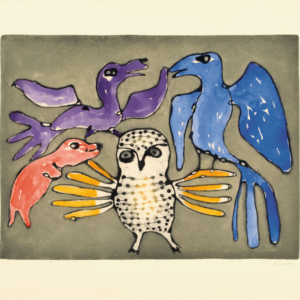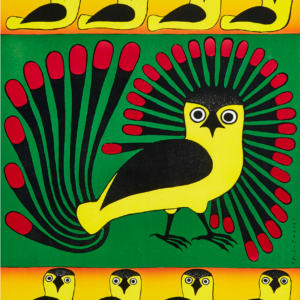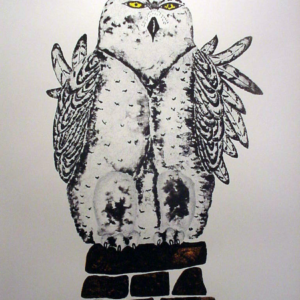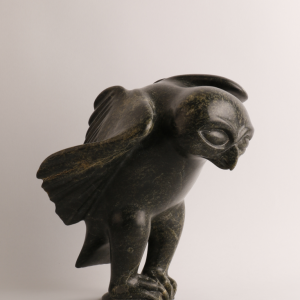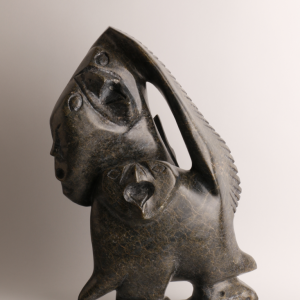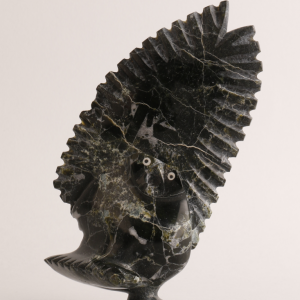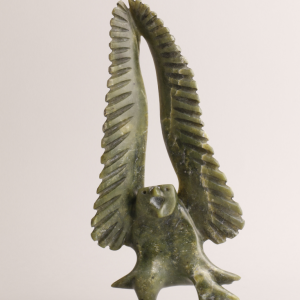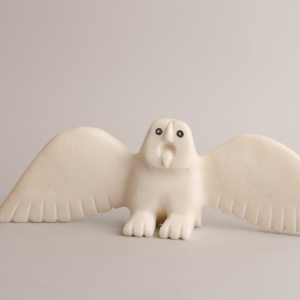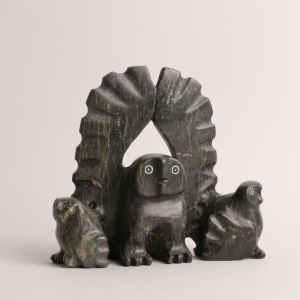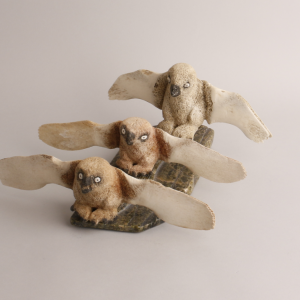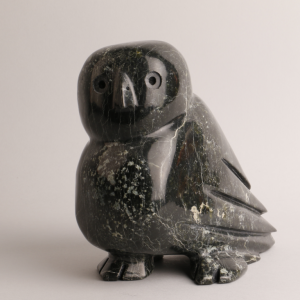Oopik – Snowy Owl 2022
Snowy owls are the extremists among owls: they are enigmatic and flamboyant, timid and shy, but also fearless; sometimes they feed greedily, then again they fast for a long time. Snowy owls call one of the most extreme habitats on Earth home, the Arctic. Along with the ivory gull, walrus, musk ox, narwhal and polar bear, they are among the character animals of this frigid habitat. Thereby they are among the few birds in the world that cannot be mistaken for a similar bird species.
The snowy owl belongs to the family of eagle owls. At the same time it reaches almost its size. The body length of adult birds is 55 to 65 cm. Males, as in many other owl species, are somewhat smaller than females. They reach an average length of 58 cm, females 63 cm.
The plumage of adult males turns almost completely white with age. Females and younger birds, on the other hand, have dark spots and bands or transverse lines on their white plumage. Young birds have anthracite-gray plumage. The head of the snowy owl is round. It is noticeable that the black beak is predominantly covered by so-called ‘vibrissae’. These are dense, fine white feathers. The iris of the eyes is golden yellow in color. Similar to the eagle owl, the snowy owl also has feather ears; however, these are much less pronounced and are rarely erect. The feet and toes are densely feathered – this dense, snowshoe-like feathering provides thermal insulation and prevents the owl from sinking into the snow.
The snowy owl lives north or above the timberline in clear-cut terrain, such as bogs and heaths. In the Arctic, they winter in wind-swept, low-snow areas of the tundra. Unlike most other owls, Snowy Owls also hunt during the day, usually from perches near the ground such as boulders and tree trunks. With their straight and gliding flight they cover short distances at low altitudes. If they miss their prey in flight, they run after it and jump up fluttering. Since the snowy owl spreads its toes while running, the dense feathering on its legs acts like a snowshoe, enabling it to catch up with its prey even in the snow. In very loose snow, it also prevents sinking by spreading its tail and wings. Snowy owls also specifically search hiding places during their hunt or even try to drive the prey out of its den.

